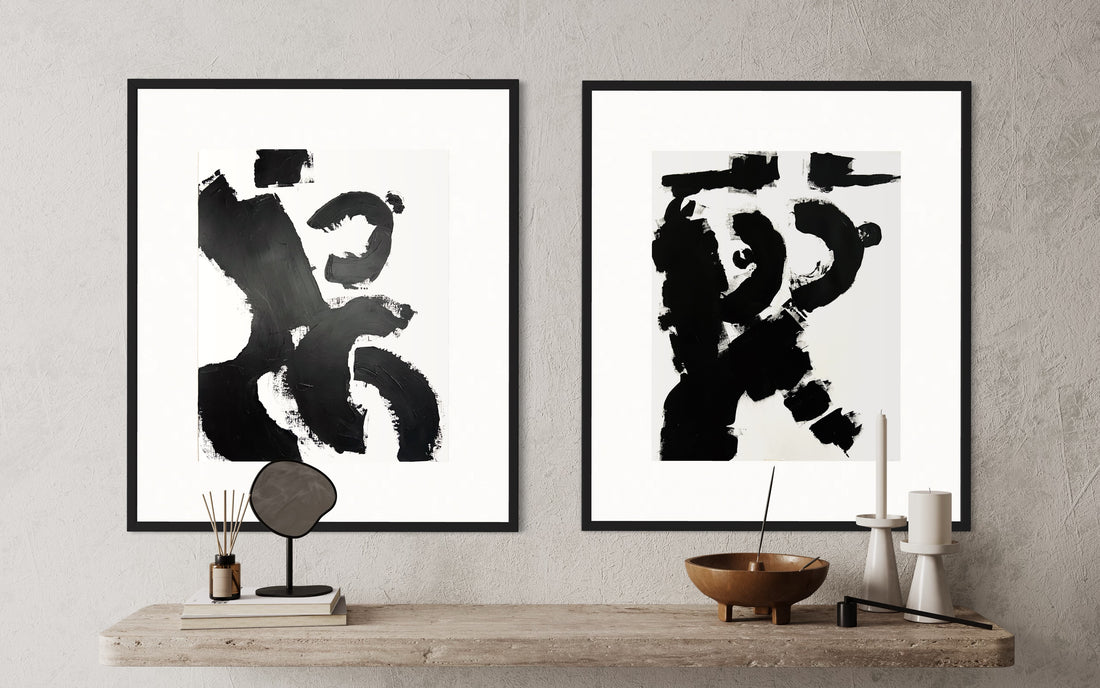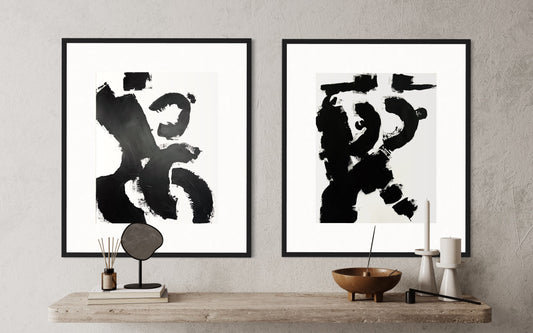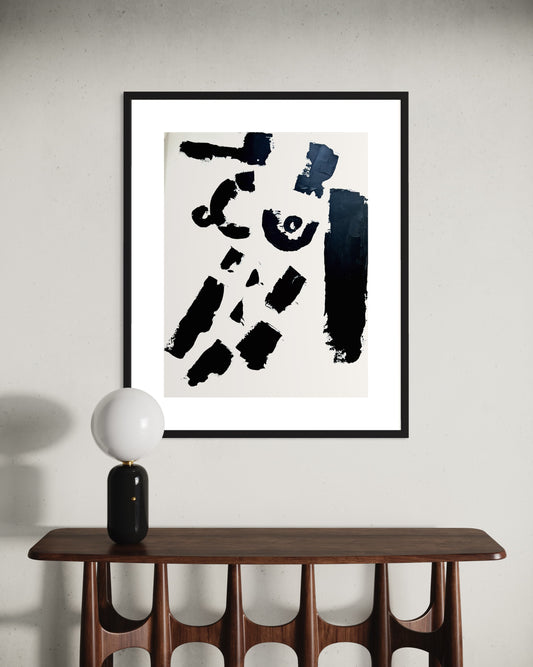IS IT WORTH TURNING YOUR ART INTO AN NFT?
Kelly Hogan
Share this with a friend
Exploring the Pros and Cons of NFT Art: Is It Worth Transforming Your Work into Non-Fungible Tokens?
In recent years, the world of art has undergone a revolutionary transformation with the emergence of Non-Fungible Tokens (NFTs). These digital certificates of ownership have sparked a frenzy in the art world, offering artists new avenues for monetization and distribution. However, amidst the hype, a fundamental question persists: Is it truly worth turning your art into an NFT?
Before delving into this debate, let's understand what exactly an NFT is. A Non-Fungible Token is a unique digital asset that represents ownership or proof of authenticity of a particular item or piece of content, often stored on a blockchain. Unlike cryptocurrencies such as Bitcoin or Ethereum, NFTs are not interchangeable or mutually interchangeable, hence the term "non-fungible."
The allure of NFTs lies in their ability to provide a secure and immutable record of ownership, as well as facilitate direct peer-to-peer transactions without the need for intermediaries.
For artists, this technology presents several potential benefits:
-
Monetization: NFTs enable artists to monetize their digital creations directly, bypassing traditional gatekeepers such as galleries or auction houses. By minting their artwork as NFTs and selling them on online marketplaces, artists can retain a larger portion of the profits, eliminating the need for commissions or fees.
-
Global Reach: The digital nature of NFTs allows artists to reach a global audience without geographical limitations. This democratization of access means that talented creators from any corner of the world can showcase and sell their work to a diverse array of collectors and enthusiasts.
-
Ownership and Authenticity: NFTs provide a robust mechanism for establishing ownership and authenticity in the digital realm. Through blockchain technology, buyers can verify the provenance of an artwork, ensuring its legitimacy and protecting against forgery or theft.
-
Royalties and Resale Rights: One of the most appealing features of NFTs for artists is the ability to embed smart contracts that automatically entitle them to royalties on secondary sales. This means that if their artwork appreciates in value and is resold in the future, the original creator will continue to receive a percentage of the proceeds.
Despite these potential advantages, the decision to turn one's art into an NFT is not without its complexities and considerations.
Critics of the NFT craze raise several valid concerns:
-
Environmental Impact: The energy consumption associated with blockchain technology, particularly in the case of Ethereum-based NFTs, has drawn significant criticism for its environmental footprint. The process of minting and trading NFTs requires substantial computational power, leading to concerns about carbon emissions and sustainability.
-
Market Volatility and Speculation: The NFT market is notoriously volatile, characterized by rapid fluctuations in value and speculative behavior. While some artists have achieved astronomical sales figures for their NFTs, others have struggled to find buyers or have fallen victim to market crashes and price manipulation.
-
Copyright and Ownership Issues: The decentralized nature of blockchain technology can complicate matters relating to copyright and intellectual property rights. In some cases, unauthorized copies or derivative works of an NFT may circulate freely on the internet, undermining the value and exclusivity of the original artwork.
-
Long-Term Viability: The sustainability of the NFT market remains uncertain, with ongoing debates about its longevity and resilience. While the technology holds promise as a disruptive force in the art world, its future trajectory is subject to regulatory scrutiny, technological advancements, and shifting consumer preferences.
In conclusion, the decision to turn your art into an NFT is a deeply personal one that requires careful consideration of the potential benefits and drawbacks. While NFTs offer exciting opportunities for artists to monetize their work, establish ownership, and reach a global audience, they also entail risks and challenges that cannot be overlooked.
Ultimately, artists must weigh the short-term gains against the long-term implications, taking into account their artistic goals, values, and ethical considerations. Whether NFTs represent a groundbreaking paradigm shift or a passing trend in the art world remains to be seen, but one thing is certain: the conversation surrounding their merits and limitations will continue to evolve as the technology matures and adapts to changing realities.




